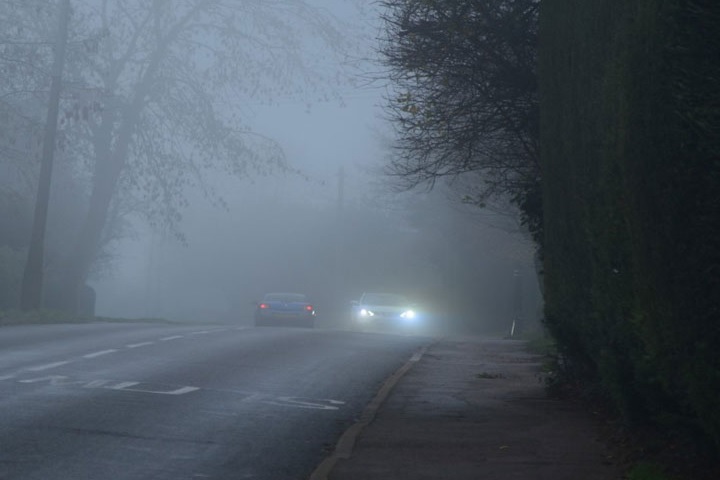
The Government’s forthcoming Road Safety Strategy looks set to include new measures to protect drivers from glare caused by headlights, according to BBC News.
In October 2024, the DfT awarded TRL a research contract to look into the factors that can cause glare from headlights of oncoming vehicles, and how to address this.
The research has yet to be published – it is expected within the next few weeks – and will inform the upcoming Road Safety Strategy, which is also expected to tighten rules on drink-driving and eye-sight tests for older drivers.
The BBC understands the government is commissioning new research into the role of vehicle design in causing glare, and possible solutions, which will feed into international discussion of the issue.
The issue has intensified in recent years due to the growth in LED headlamps, which are increasingly common in new vehicles.
The beam from LED headlights is whiter, more focused and brighter than the more diffuse light from halogen lamps fitted in older cars.
Cars sold with LED lights can improve road safety, Thomas Broberg, senior adviser for safety at Volvo told the BBC.
“Headlights have become brighter over the years to help drivers see better,” he said.
However, avoiding dazzle was “equally important”, he added.
“I would say poor aiming of the headlights and also the road shape are the major factors for glare,” he said.
For larger vehicles, such as SUVs, where lamps are higher off the ground, there is a requirement for the beam to point more sharply downwards, to protect oncoming drivers. But the angle can be affected by how many passengers it is carrying.
Some new cars with “adaptive features” adjust the lamps automatically if there is a change in load, but cars without that will need manual adjusting, Mr Broberg said.
Some new cars also have automatic headlamp dipping, which lowers the lights when an oncoming vehicle is detected.
Evening driving becomes a bigger problem as the winter evenings draw in, and especially after the clocks change, which means more people are driving in the dark.
The problem is worse for older people, whose eyes take around nine seconds to recover from glare, compared to one second for a 16-year-old, according to road safety consultant, Rob Heard MBE.
“In severe cases, we might need to stop until our sight can recuperate,” he said.
A survey from the RAC motoring organisation found that more than a third of drivers were nervous about getting behind the wheel as the evenings get darker. Three quarters of respondents said driving was getting more difficult due to brighter lights.
The RAC’s senior policy officer, Rod Dennis, said so far little progress has been made on tackling glare, with regulations governing headlights dating back to 1989.
A Department for Transport spokesperson said: “We know headlight glare is frustrating for many drivers, especially as the evenings get darker.”
Auto-dipping headlights are just another useless gimmick. Competent drivers on a rural road in darkness are able to see the glow of an oncoming vehicle’s headlights long before the vehicle itself appears, and accordingly dip their headlights in readiness. The pointless auto-dipping ‘system’ reacts only to lights that can be easily detected, which means that a motorist has already been temporarily blinded by the time the ‘system’ operates. It is yet another ‘safety’ aid that makes motorists lazy, just like the ‘auto’ light switch which many leave on permanently, completely unaware they often have no rear lights on in dull conditions.
Philip Hastings, Shaftesbury
+1
I am interested to hear how our government are going to retrospectively force a recall and refit of non LED lamps & change type approval.
The light emitted from LED is known to irritate and damage the human eye, the flicker which we can’t see but also suffer as a result exacerbates the issue.
Misaligned headlamps have always been an issue, this isn’t something new what has changed is the light source.
chris, Bristol
+3
Some drivers don’t realise that flashing other drivers – for whatever reason – and whilst maybe well-intentioned, is actually blinding at night, because you’re suddenly going from dipped beam to main beam. If you must flash headlamps at night, please momentarily switch off and on, your dipped beam instead.
Hugh Jones, South Wirral
+7
Please look at street lights being turned off on motorways and main roads as this is a large part of the problem.
Johnson, Wirral
+3